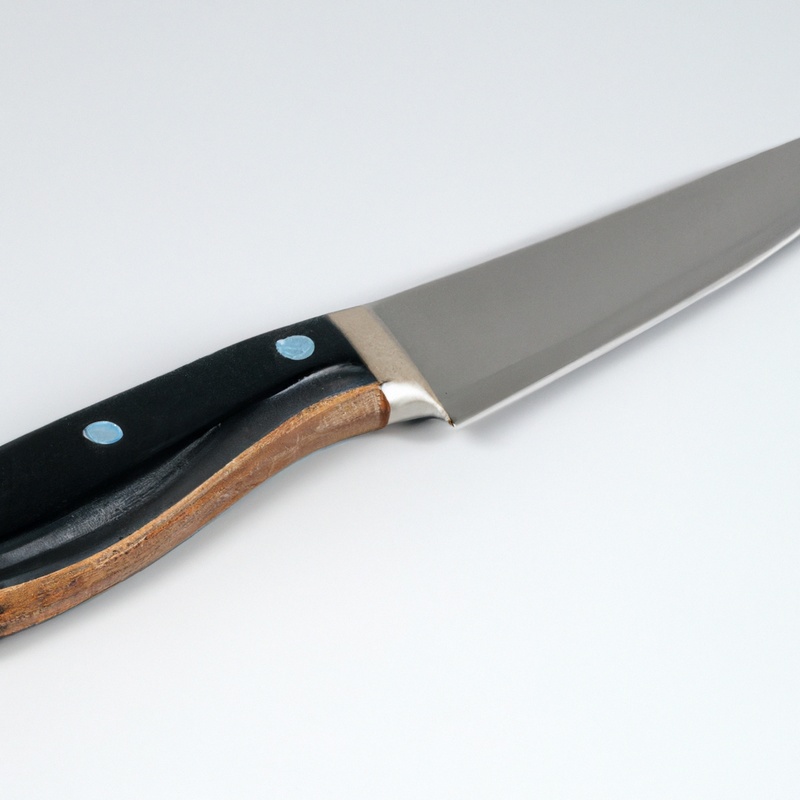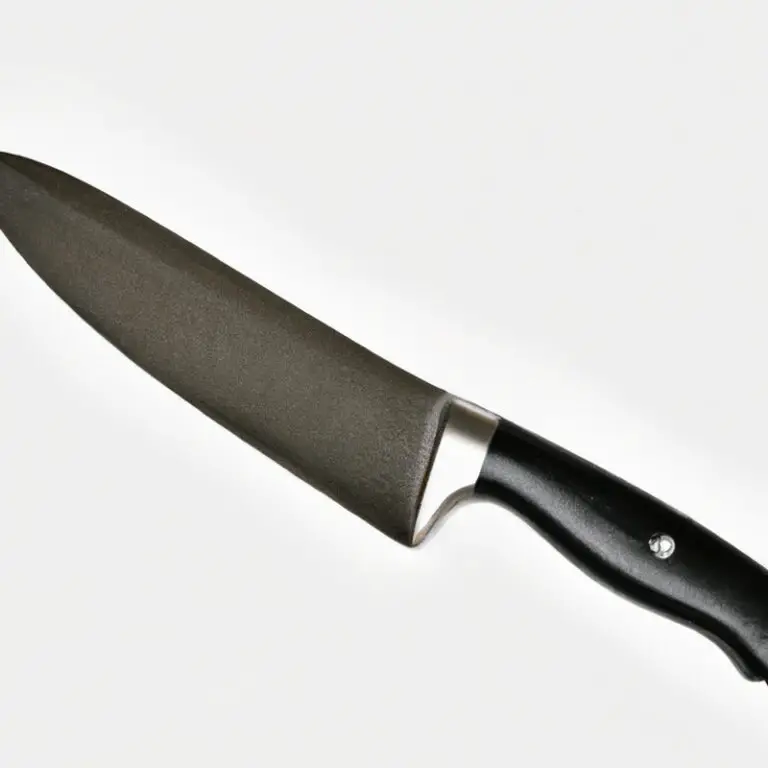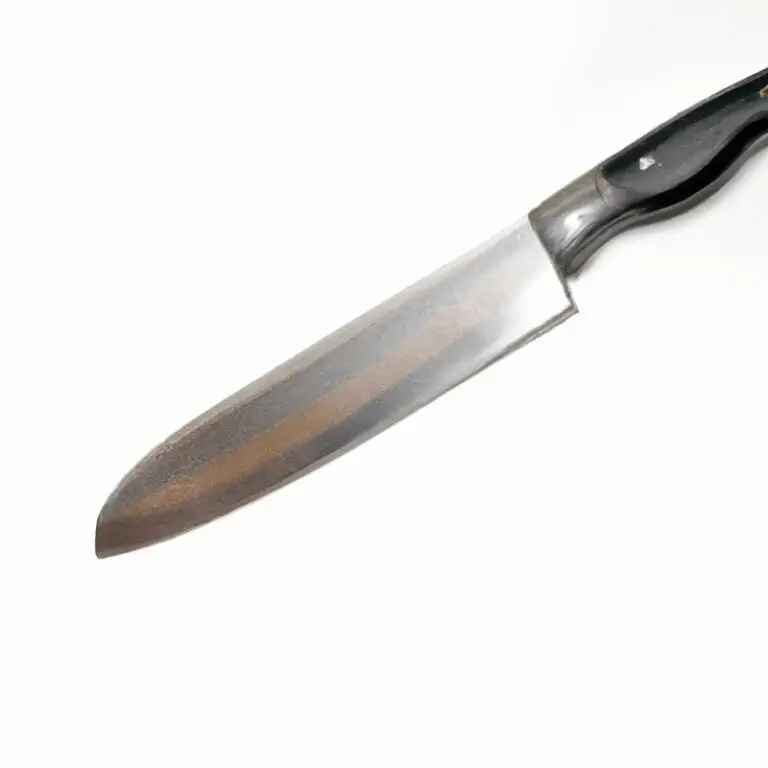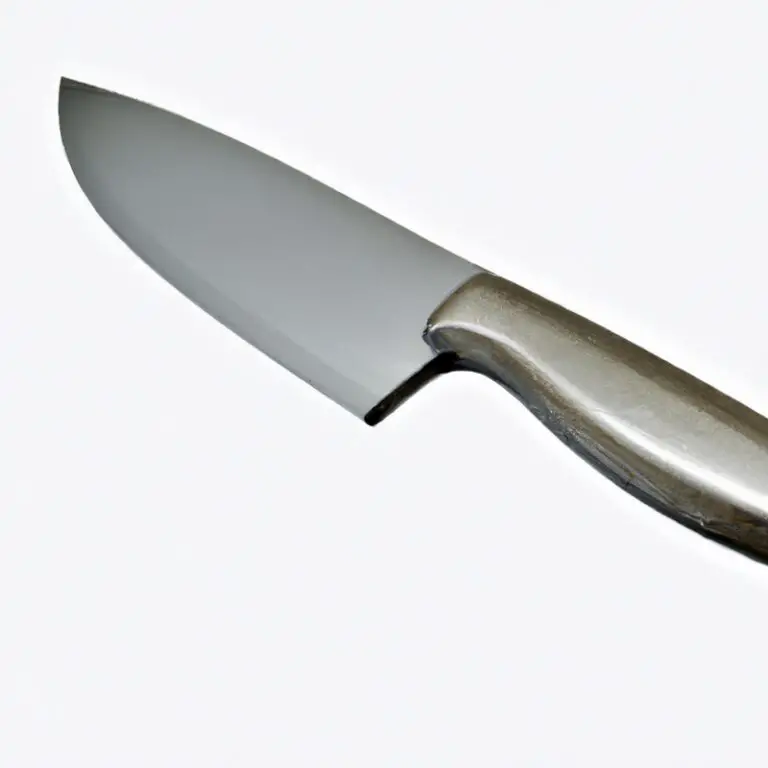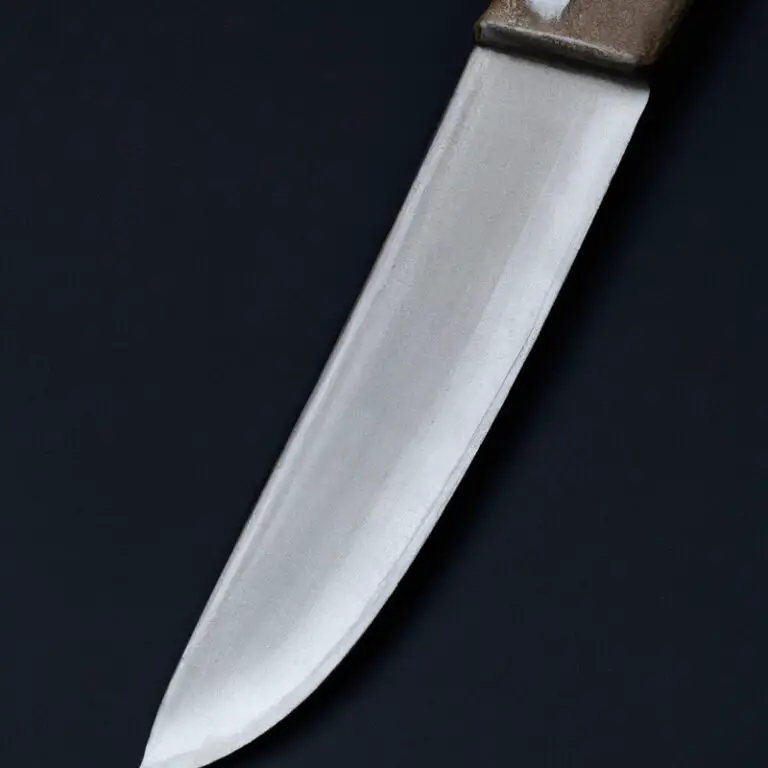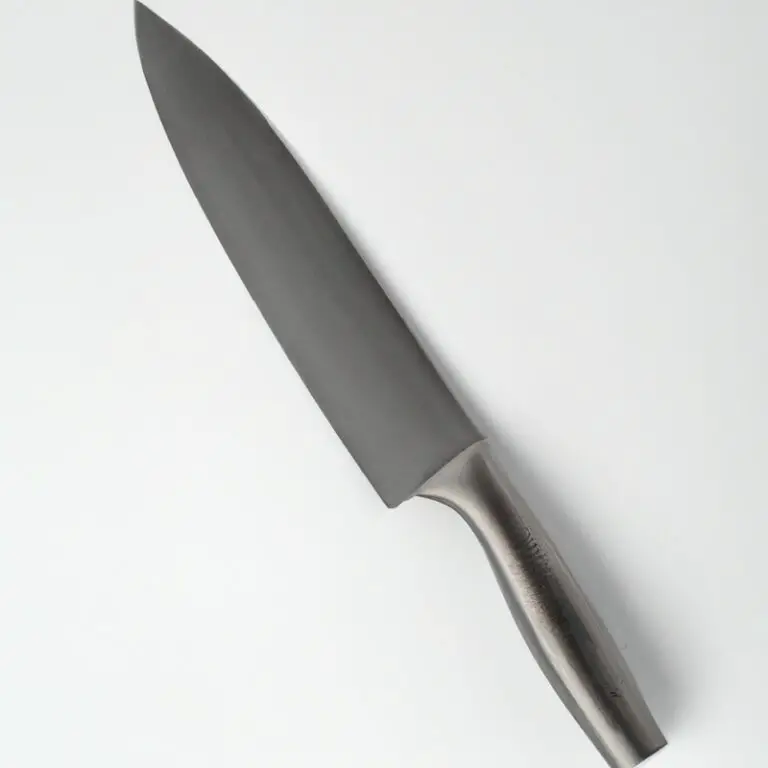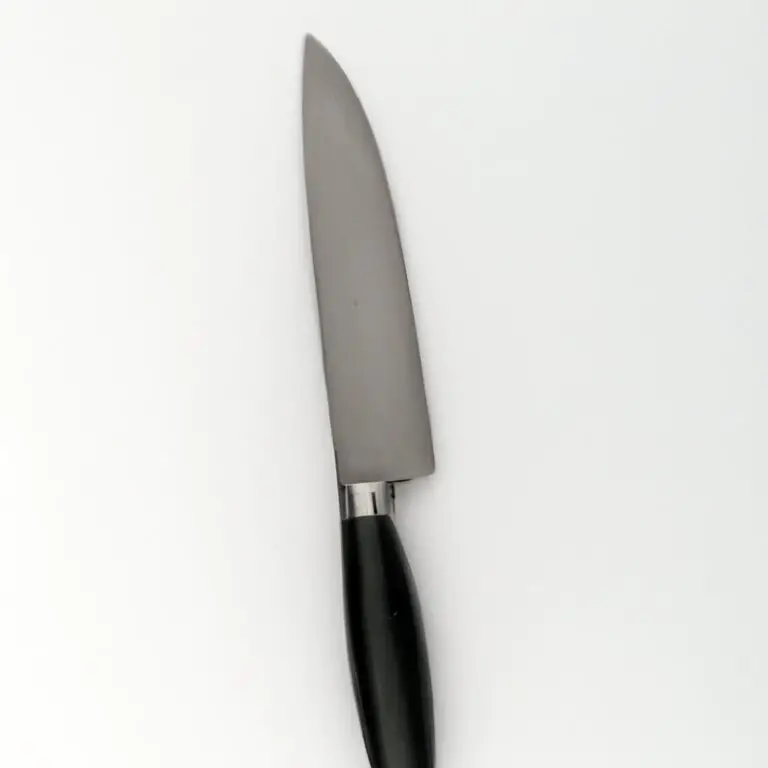How To Fillet a Rainbow Trout Using a Fillet Knife? Easy Steps!
Key Takeaways:
- To fillet a rainbow trout properly, you must have a sharp fillet knife and a clean cutting surface.
- Make a small incision behind the gills and use the spine as a guide to cut along the length of the fish for easy filleting.
- Removing the pin bones is essential when filleting rainbow trout, and a pair of needle-nose pliers can help with this task.
- With practice, filleting rainbow trout using a fillet knife can be a quick and enjoyable task that results in delicious, boneless fillets.
Are you a fan of fresh, delicious seafood? Look no further than rainbow trout.
But before it lands on your plate, it needs to be filleted.
While it may seem daunting at first, filleting a rainbow trout is a quick and simple process with the right tools and techniques. In this article, I’ll share my personal tips and tricks for using a fillet knife to easily prepare your rainbow trout for cooking or freezing.
From choosing the proper knife to peeling off the flesh in a single motion, I’ll guide you through each step of the process to get the most out of your catch.
| Step | Description |
|---|---|
| Step 1 | Place the trout on a cutting board and use a sharp fillet knife to make a shallow cut along the back of the fish, starting at the head and continuing along the spine to the tail. Do not cut through the backbone. |
| Step 2 | Using the knife, separate the flesh from the bones by running the blade along the rib cage. Work your way down toward the tail, keeping the blade as close to the bones as possible. |
| Step 3 | Once the fillet has been separated from the rib cage, remove the pin bones with a pair of pliers or fish tweezers. Grasp the end of each bone and pull it out, carefully making sure not to tear the delicate flesh. |
| Step 4 | Flip the fish over and repeat the process on the other side. |
| Step 5 | Carefully run your fingers over the flesh to feel for any remaining bones. Remove them with the pliers or tweezers. |
Preparing the Rainbow Trout for Filleting
To prepare a rainbow trout for filleting, you’ll need to follow a few simple steps. Firstly, ensure that the trout is clean and not frozen.
Next, secure the trout using a cutting board or a towel to prevent it from sliding around while you work.
When you’re ready to begin, use a sharp knife to cut off the head, tail, and fins of the trout, being careful not to pierce the flesh beneath. Next, make a cut behind the gills and down toward the spine.
Follow the spine of the trout all the way down, pulling the fillet away from the bones as you go.
Do this on both sides of the trout, so you end up with two fillets. Once you have both fillets, remove any remaining bones or pin bones using a pair of pliers or tweezers.
Finally, check the fillets for any scales or bones that you may have missed.
Preparing the rainbow trout for filleting is a crucial step that ensures a smooth and successful filleting process. By following these simple steps, you’ll be on your way to preparing your trout for filleting like a pro!
Choosing the Right Fillet Knife for the Job
When it comes to filleting a rainbow trout, choosing the right fillet knife for the job is crucial. A fillet knife with a flexible blade and a sharp edge is the best option for this task.
A flexible blade is essential because it allows for better control and precision when filleting the fish, especially around the bones.
A sharp edge is also important to ensure smooth and effortless cuts, which minimizes the waste of fish meat. The size of the knife also matters.
A blade size ranging from 6 to 8 inches is ideal for filleting most trout sizes, but for larger fish, a knife with a longer blade is suitable.
The handle of the knife should also be comfortable to hold, allowing for a good grip and control during filleting. When selecting a fillet knife, consider the material of the blade.
A stainless steel blade is rust-resistant and durable, suitable for regular use.
A high-carbon steel blade, on the other hand, is sharp and durable but requires more maintenance. Choose a knife that suits your needs depending on how often you use it and the conditions under which it will be used.
In summary, when selecting a fillet knife for filleting rainbow trout, look for a flexible blade, sharp edge, appropriate blade size, comfortable handle, and suitable material.
These key factors will ensure a successful and efficient filleting process.
Securing the Rainbow Trout for Safe Filleting
Securing the Rainbow Trout for Safe Filleting is an important step in getting the most out of your fish. Before filleting, make sure the fish is well cleaned, with scales removed, and the fins trimmed.
To secure the fish, use a sturdy cutting board or a flat surface that will not move during the filleting process.
Place the fish on its side and make a small cut behind the gills to get the filleting process started. Then, use your non-filleting hand to hold the tail firmly to stabilize the fish while making cuts.
Make sure to use a sharp fillet knife and keep your fingers away from the blade to avoid accidents.
By securing the fish properly, you’ll have a much easier and safer time filleting, resulting in cleaner and more delicious fillets.
Removing the Head and Tail of the Rainbow Trout
To remove the head and tail of a rainbow trout, use a sharp fillet knife. Place the fish on a cutting board with the head towards your dominant hand.
Cut straight down through the fish’s neck bones behind the gill plates, then angle the knife towards the fish’s head to remove it.
Next, turn the fish around and repeat the process to remove the tail. Dispose of the head and tail properly.
Removing the head and tail will make it easier to access and remove the fillets.
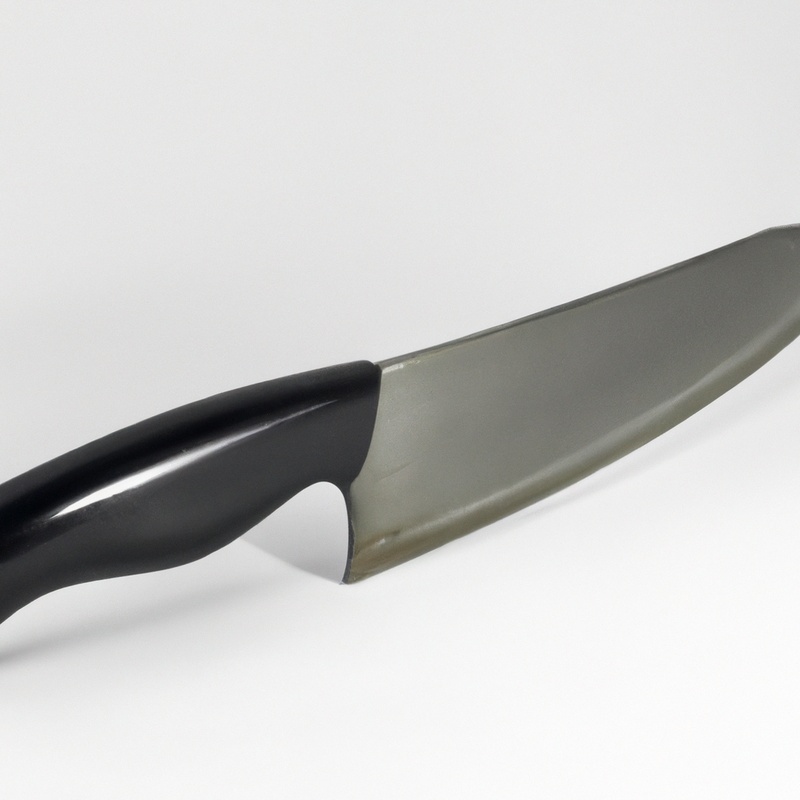
Making a Cut Behind the Gills to Remove the Rib Cage
To remove the rib cage of a rainbow trout, start by making a cut behind the gills and follow the line down to the backbone. Then, cut along the backbone, keeping the knife blade as close to the bones as possible.
Use a gentle sawing motion to separate the flesh from the ribs.
Once you’ve reached the tail, lift the rib cage up and cut it away from the fillet. Repeat the process on the other side of the trout to remove the other rib cage.
This technique will result in a clean and boneless fillet, making it easy to prepare and eat.
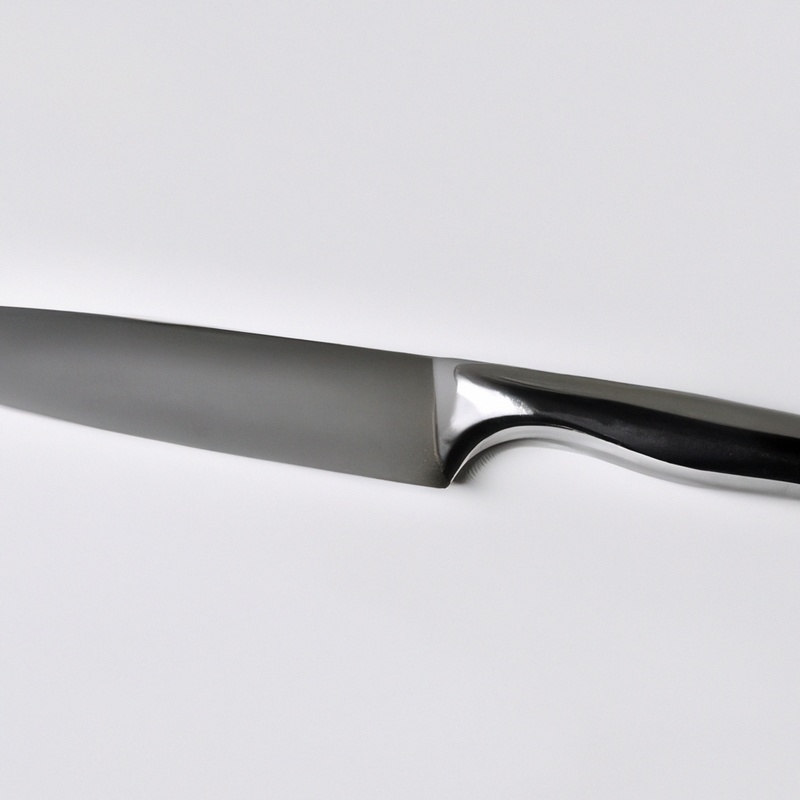
Peeling the Flesh off the Bones in a Single Motion
To peel the flesh off the bones in a single motion, you need to start at the tail end of the fillet and work your way towards the head. Use the fillet knife to slide between the flesh and the bones, keeping the blade as close to the bones as possible.
You can use your fingers to pull the flesh away from the bones as you cut.
Once you reach the rib cage, turn the knife and use the tip to cut along the bones. Be careful not to cut through the bones and into the flesh.
When you reach the front of the rib cage, turn the knife again and continue cutting towards the head, separating the flesh from the bones.
Repeat this process on the other side of the fish, peeling off the flesh in a single motion. Make sure to remove any remaining bones and pin bones from the fillet before preparing it for cooking.
With practice, you’ll be able to expertly fillet a rainbow trout and enjoy a delicious meal.
Removing the Remaining Bones and Pin Bones from the Fillet
To remove the remaining bones and pin bones from the fillet, you can use a pair of pliers or tweezers. Starting from the head end, use the pliers to grip any visible bones and gently pull them out.
Use your fingers to locate any additional pin bones and remove them by carefully pulling them out with the pliers.
It’s important to do this thoroughly to avoid any unpleasant surprises while eating the fish. Once you’ve removed all the bones, your fillet is ready to be cooked or stored.
Finalizing the Filleting Process by Checking for Scales or Bones
Once you have smoothly filleted the rainbow trout with your fillet knife, it’s essential to finalize the filleting process by checking for scales or bones. Using a pair of tweezers, run your fingers over the fillet to detect any remaining bones or scales.
Run them out by pulling them upward and out of the fillet.
Fillets free from bones and scales are less prone to spoilage and give a pleasant culinary experience. Always check for any leftover scales or bones before cooking or storing the fillets.
Properly cleaned and deboned fillets will not only ensure a better eating experience but also help in keeping your guests safe from gum injury, choking, or allergic reactions.
After detecting any scales or bones and removing them, your fillets are now ready for the next step of cooking or storing.
Properly Storing and Utilizing Your Fresh Rainbow Trout Fillets
Once you have successfully filleted your rainbow trout, it is important to store and use the fillets properly to ensure their freshness and taste. Firstly, rinse the fillets with cold water to remove any remaining scales, bones or blood.
Pat them dry with a paper towel and, if possible, place them in an airtight container or plastic bag.
Alternatively, you can wrap them tightly in plastic wrap or aluminum foil. If you do not plan to use the fillets immediately, store them in the coldest part of your refrigerator, typically at the back.
Be sure to use them within three days to avoid spoilage.
When it comes to cooking your fillets, there are endless possibilities. You can grill them, bake them, pan-fry them or even smoke them! However, it is important to note that trout fillets are delicate and cook quickly, so be careful not to overcook them.
For a simple and delicious recipe, try seasoning your fillets with salt, pepper, garlic and lemon juice, and then grilling them for a few minutes on each side.
Lastly, don’t forget to enjoy your fresh and tasty rainbow trout fillets!
Tips and Tricks for Mastering the Art of Filleting a Rainbow Trout
To master the art of filleting a rainbow trout, here are some useful tips and tricks:
- Keep your fillet knife sharp: A dull knife can ruin your fillet and make the process more difficult. Sharpen your blade regularly before every use.
- Remove the scales before filleting: Scaling the fish beforehand makes the filleting process much smoother.
- Use a clean and flat surface: Using a flat surface to fillet your fish will help give you better control.
- Make clean cuts: Clean cuts not only give a better-looking fillet but also prevent any bones or pieces of the fish from getting stuck in the meat.
- Use a gentle hand: Filleting requires a delicate touch, so don’t press too hard on the fillet knife, or you’ll end up losing some of the meat.
- Follow the natural bone structure: Following the natural bone structure of the trout while filleting can help you effortlessly and quickly remove all the bones.
By following these tips and tricks, you can master the art of filleting a rainbow trout with ease and confidence.
Final Verdict
Learning how to fillet a rainbow trout using a fillet knife is an essential skill for any fisherman or home cook. It takes practice and patience, but the end result is a delicious and healthy meal.
Remember to always choose the right fillet knife for the job, secure the trout properly to avoid accidents, and methodically remove the bones and skin to produce a perfect fillet.
With these tips and tricks, you will be able to master the art of filleting a rainbow trout in no time. By following the steps outlined in this article, you can confidently prepare and enjoy fresh rainbow trout fillets.
So get out there, catch some trout, and put your newfound skills to the test!

